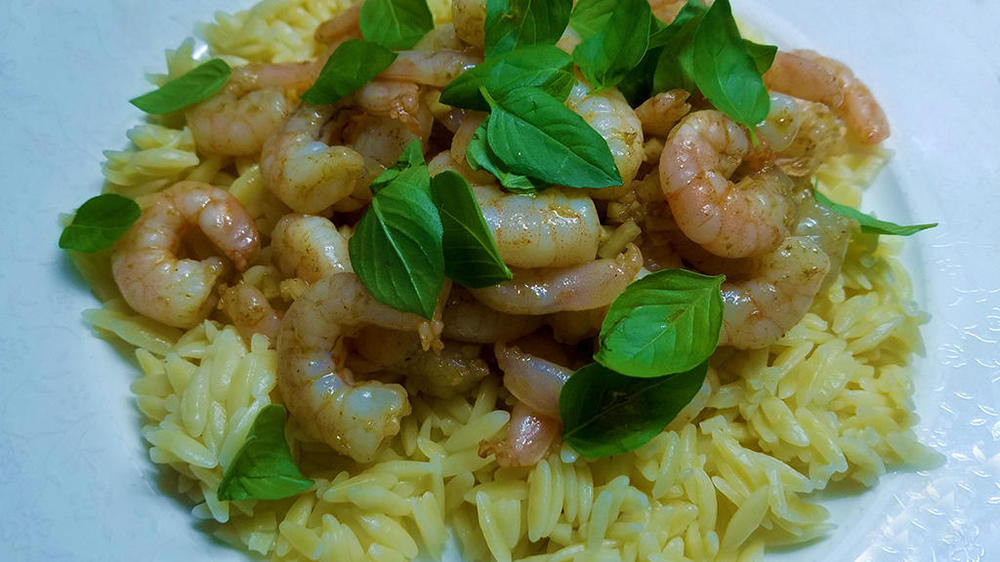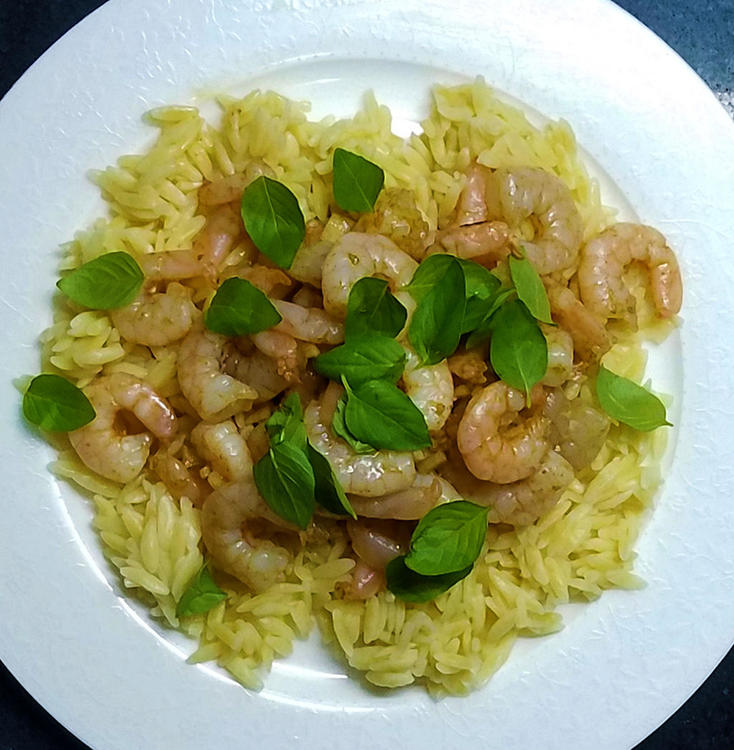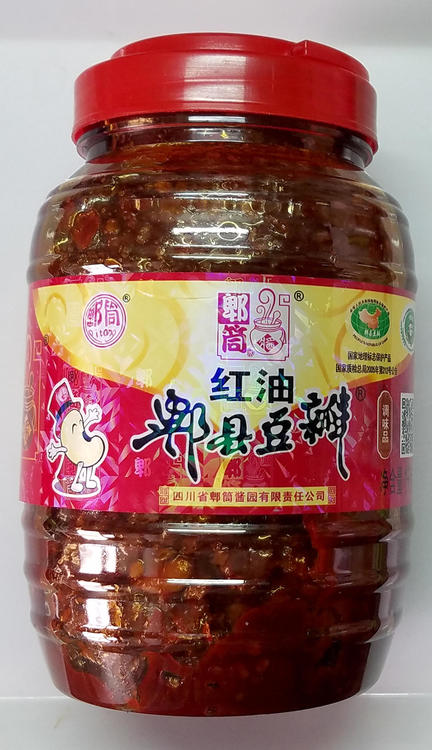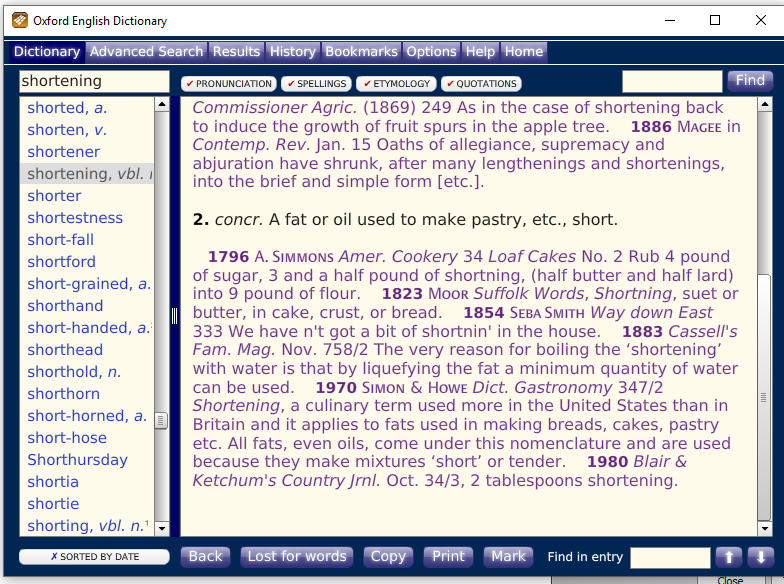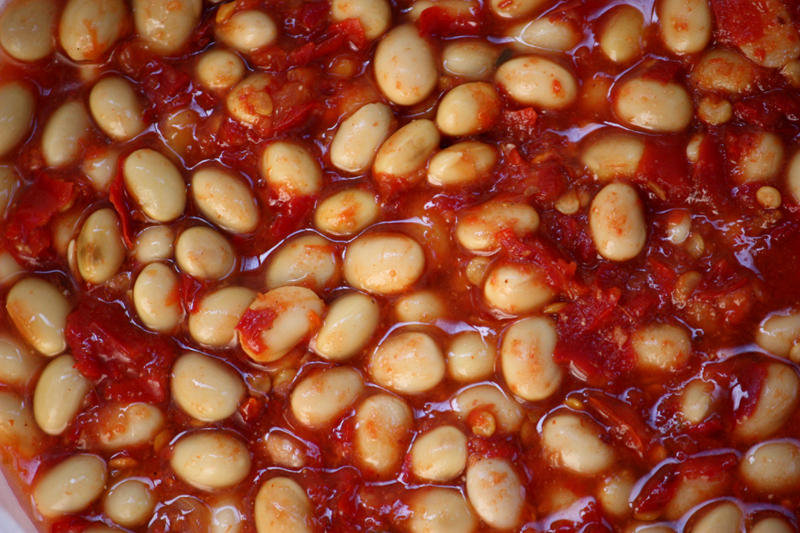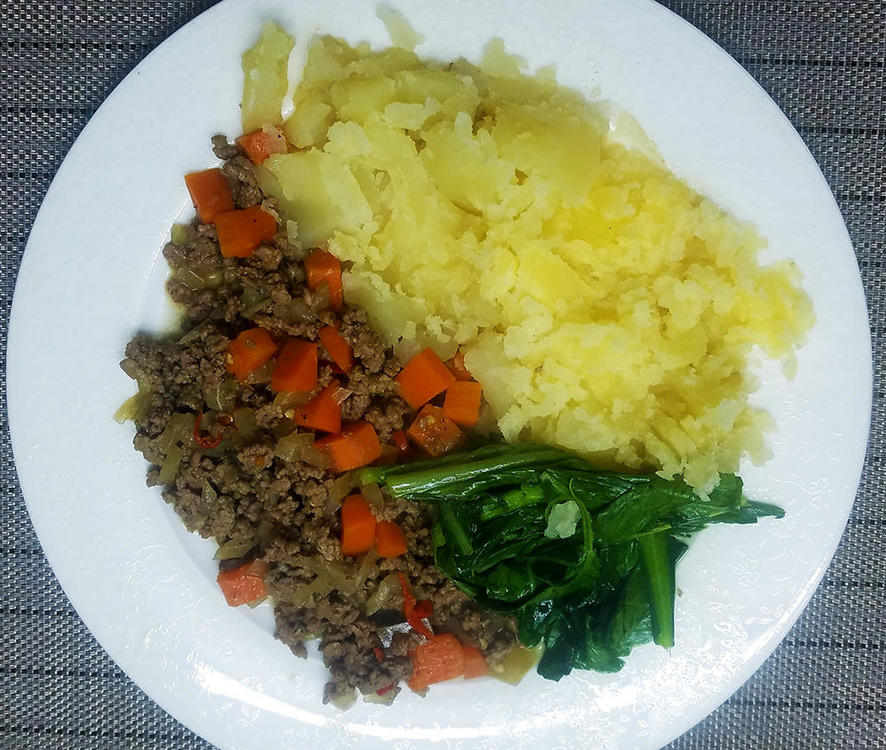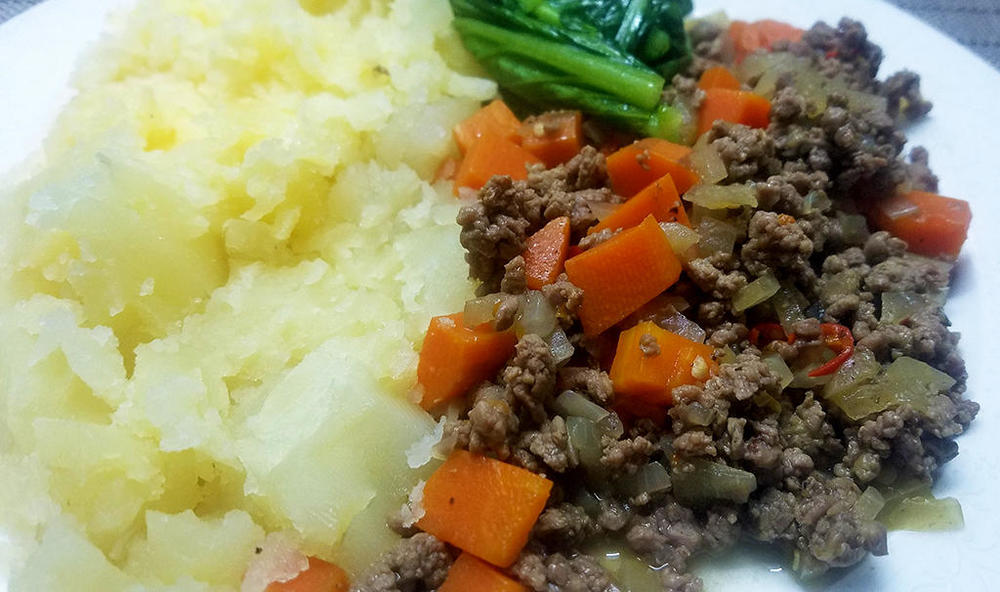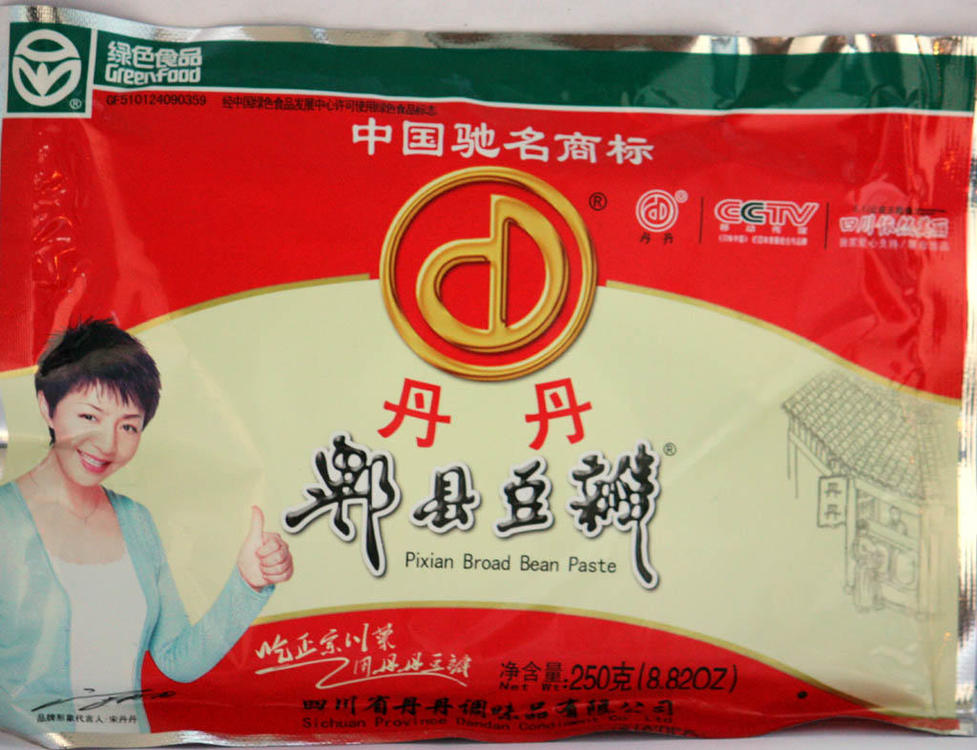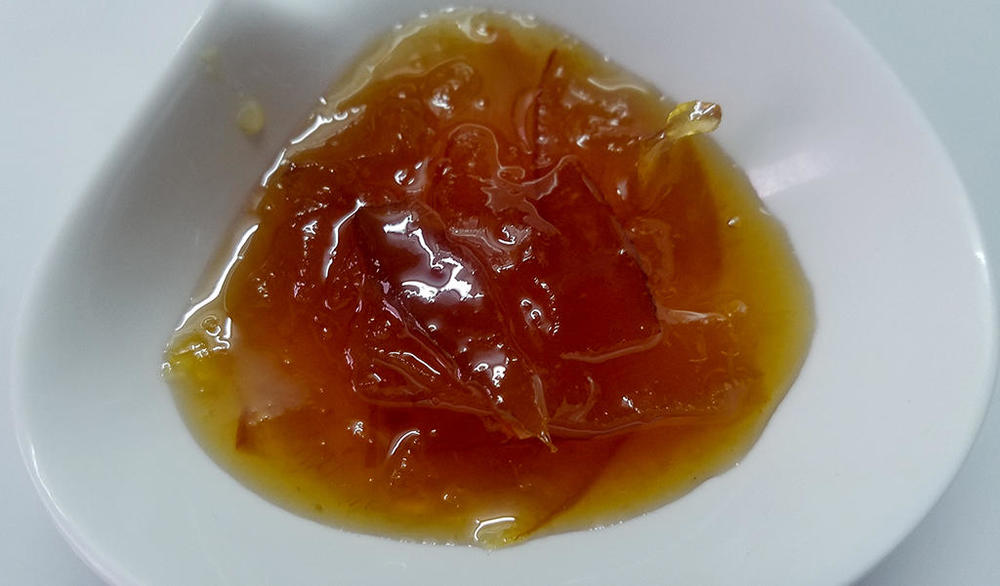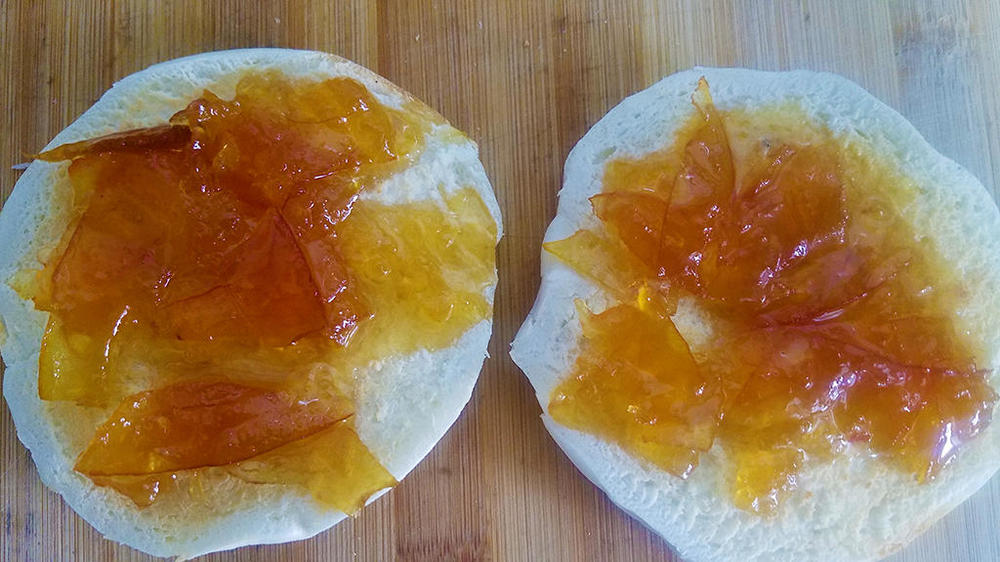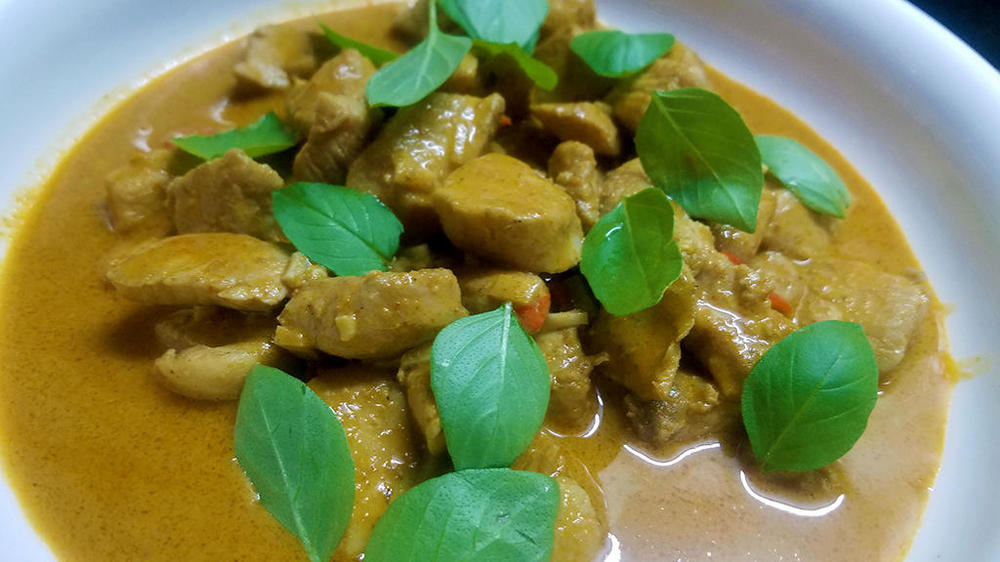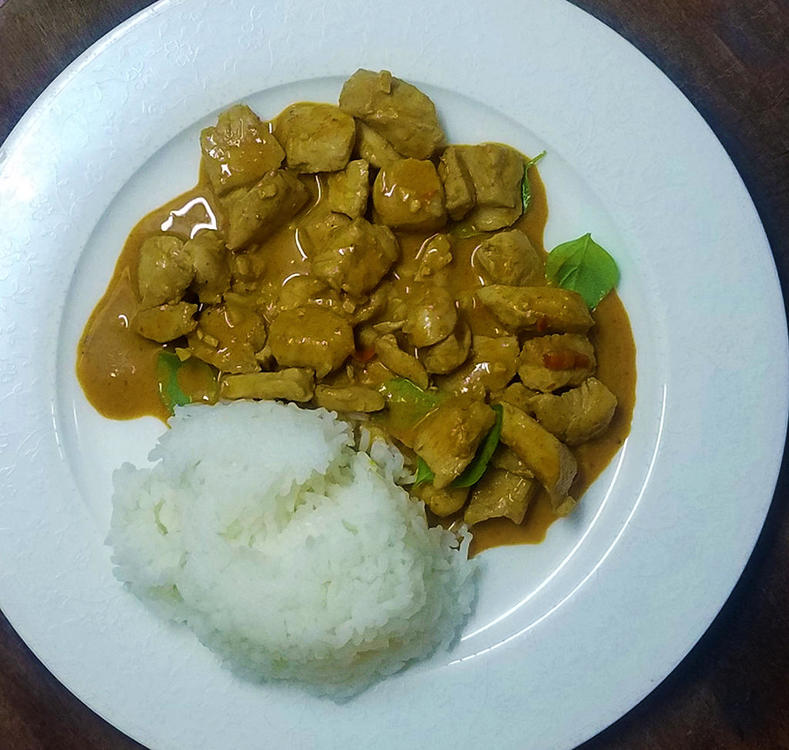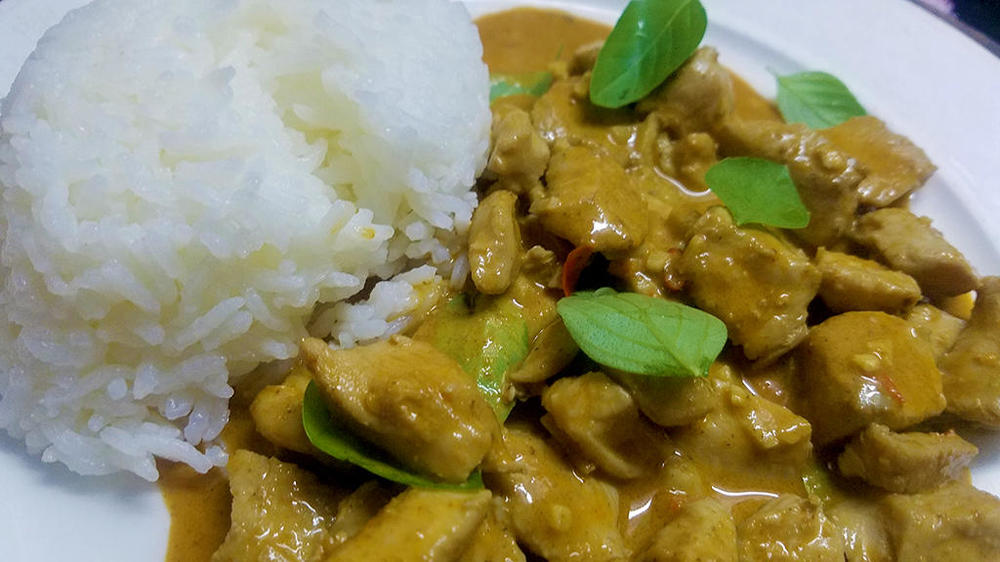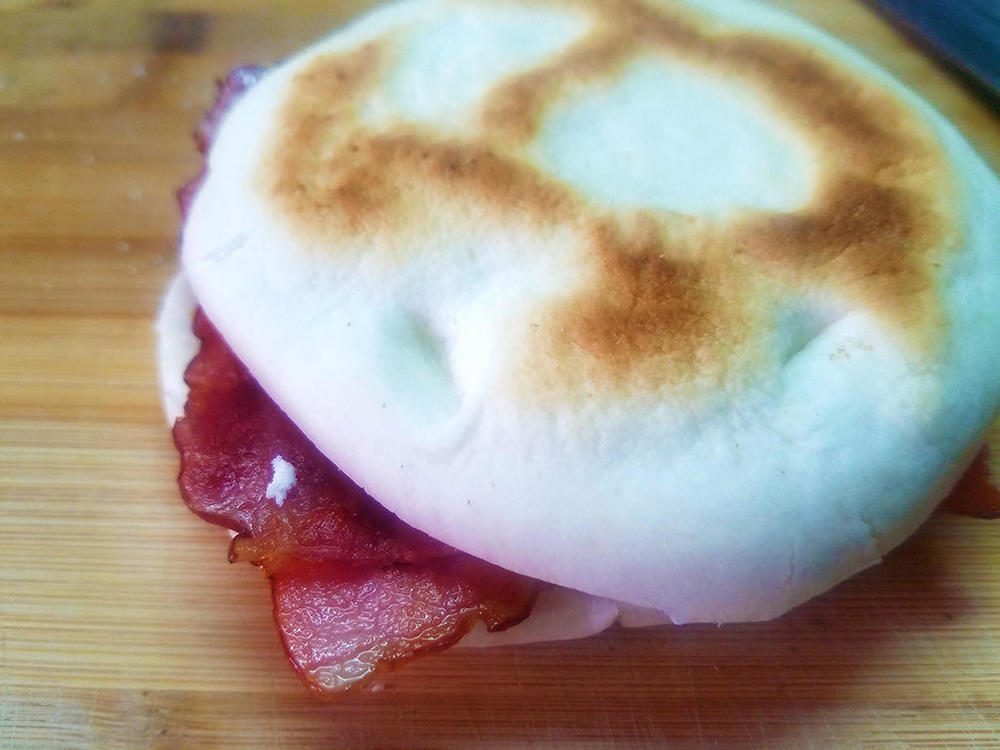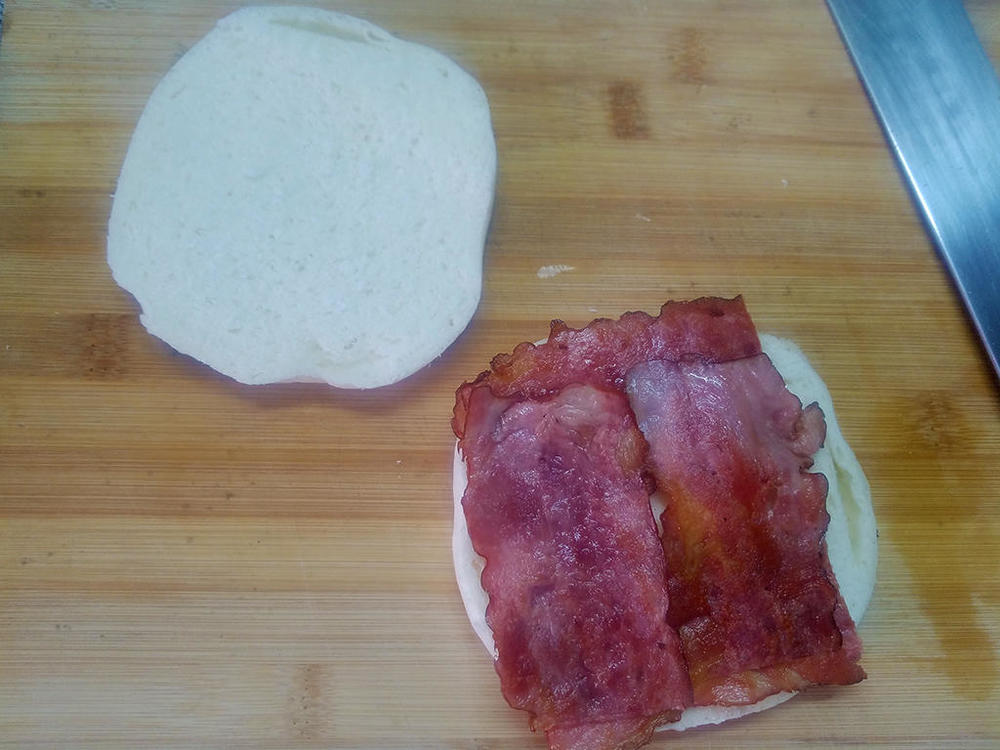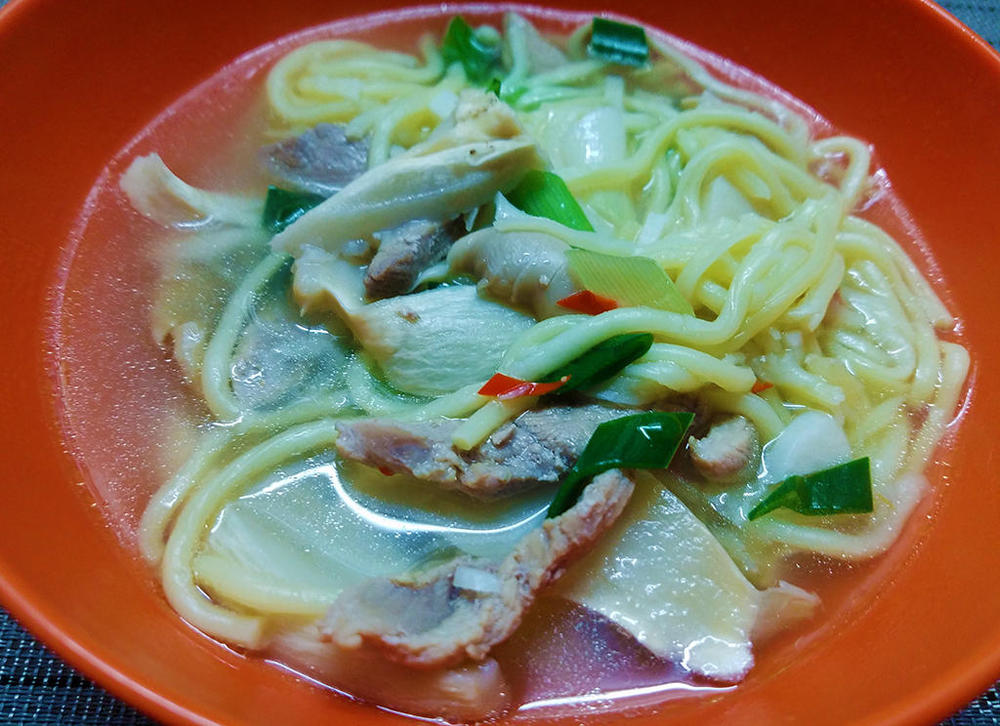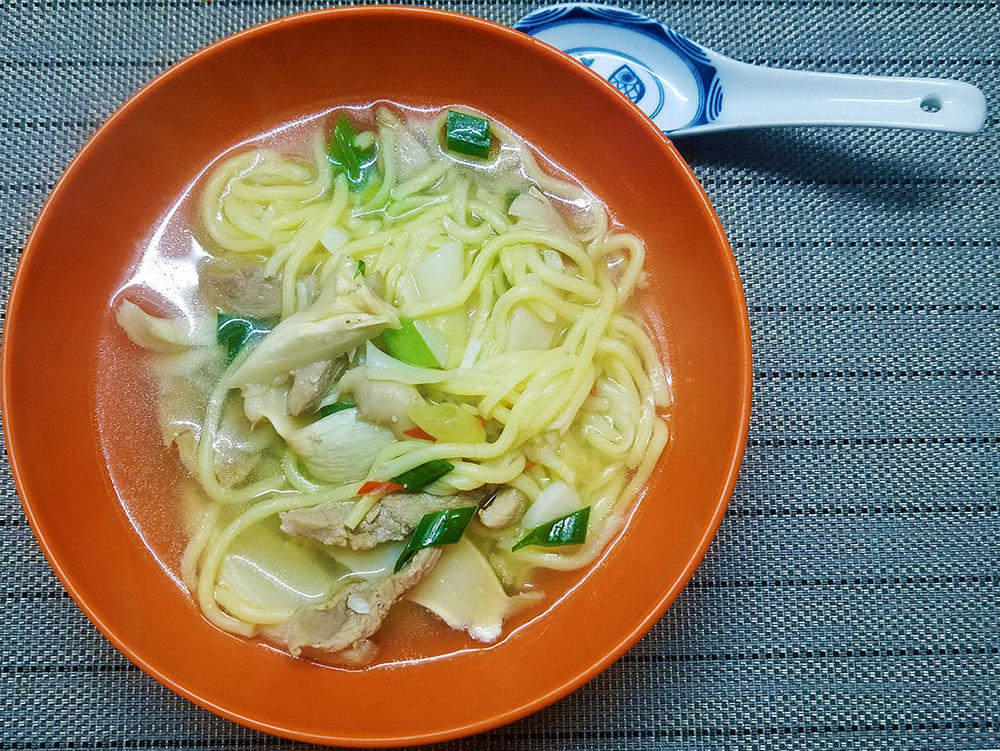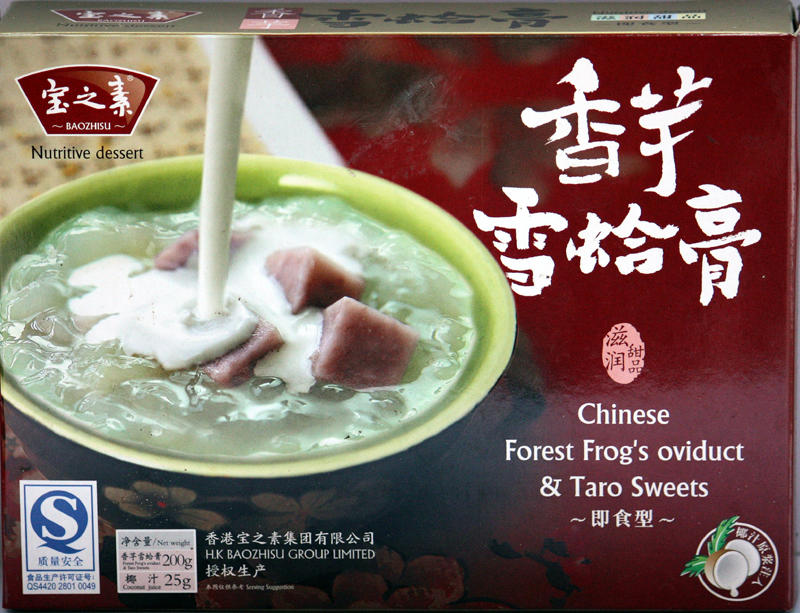-
Posts
16,667 -
Joined
-
Last visited
Content Type
Profiles
Forums
Store
Help Articles
Everything posted by liuzhou
-
The one with oil is spicier. The oil is chili oil (红油 hóng yóu). Use it when you want more heat.
-
-
Well, I always find sprouts palatable, if cooked correctly - i.e. not boiled. In fact, I love sprouts and miss them here where they are unknown. In fact, none of my friends beleive me when I describe them, so on my trip back to the UK this summer I bought some just to photograph one. Didn't work. Everyone is convinced I photoshopped a big cabbage onto my hand to make it look small. I have never had ranch dressing, whatever it might be, in my life so cannot comment.
- 193 replies
-
- 10
-

-

-
-
https://www.mirror.co.uk/news/weird-news/tesco-unveil-battered-sprouts-christmas-18941477
-
-
I doubt Chinatown would thank him for it. Lee Kum Kee Is a Cantonese company far from Sichuan. Their doubanjiang has several ingredients that would never be included in Sichuan and looks, tastes and smells all wrong. This is what 'real' douban jiang looks like. I'd bin LKK's version rather than inflict it upon anyone else. In fact, I'd bin most LKK products. Look for Pixian Doubanjiang (郫县豆瓣酱 / 郫縣豆瓣醬) if you want the real deal.
-
Actually, the name 干妈 means 'godmother', not 'grandmother' or 'honorable mother' as claimed upthread. Literally 老干妈 (lǎo gān mā) translates as 'old dry mother', here meaning 'dry' as in the sense of not offering liquid sustenance to the child. A bit akin to being the opposite of a wet nurse, I suppose. However, unlike 'godmother' it carries no religious significance or responsibilities.
-
Revisiting an old friend. Good old mince and tatties with that ancient, traditional Scottish side of 小白菜 - Baby Bok Choy.
-
Revised old book. It's a revised version of "Land of Plenty". These two brands of Pixian Doubanjiang are the most common I see. Both excellent.
-
er, that's what I said.
-
Not at all my usual breakfast. This is sold as 蜂蜜柚子茶 (fēng mì yòu zi chá), which means "honey pomelo tea". Basically, it's pomelo marmalade. Now, marmalade on toast isn't in any way Chinese, so instead, they mix a spoonful or so with hot water to make a drink. But I know better. Pomelo marmalade on toast. (Yes, the bread has been lightly toasted.) Served with industrial strength black coffee.
-
Here is a 2014 picture of her. from my blog here.
-
Thai red curry. With rice and a side of baby bok choy (not pictured) Couldn't decided which picture to use, so you get the lot!
-
I'm not going to be able to sleep tonight, knowing I can't have that for breakfast!
-
A while back, I mentioned these rare hongzhui mushrooms – 红椎菌 (hóng zhuī jùn). Today, a festival celebrating their harvest took place in my friend Vera's (李美) hometown. She has sent me these pictures of a giant soup pot, featuring chicken and red mushroom soup. Unfortunately, I wasn't able to attend.
-
Duck and oyster mushroom ramen. Duck breast strips, oyster mushrooms, chilli, garlic, ginger, white pepper, Shaoxing wine, scallions, fresh ramen noodles.
-

London Restaurant loses all Three Michelin Stars
liuzhou replied to a topic in United Kingdom & Ireland: Dining
I agree. The good old "British stiff upper lip"! -
Better than my son's 'sparrow juice'.
-
-
Well, I didn't make the noodles, but bought them from my local handpulled noodle restaurant. They don't advertise them, but you can just buy the noodles to cook at home if you are in the know. I eat there quite often and they know me well. However, there is a ton of information on the internet on how they are made, including videos on YouTube. I marinated sliced pork tenderloin in Shaoxing wine. Boiled the noodles for one minute, then drained them. Finely chopped garlic and ginger and stir fried that until fragrant. Added the pork and fried that, reserving the marinade. Added thinly sliced carrot, then the drained noodles. Continued stir frying, added chopped yellow galic chives, then the marinade and a splash of soy sauce. Served. Sorry, no quantities. I wing it.
-
Do you mean how to make the actual noodles or how did I use them in this dish?



